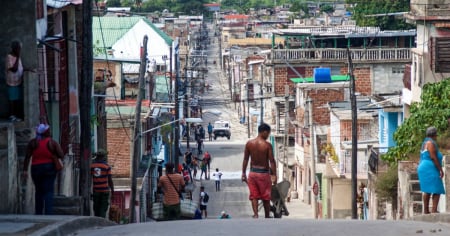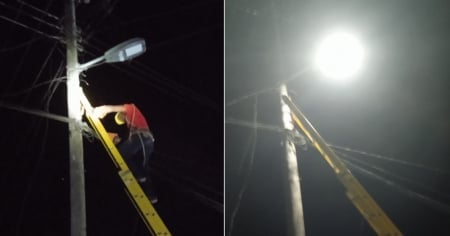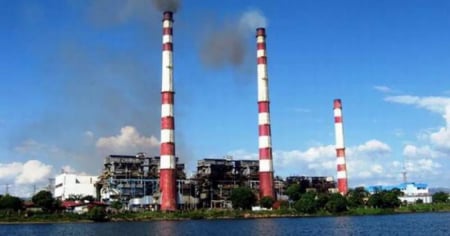This Friday in Santiago de Cuba, the 22nd Edition of the Santiago Álvarez International Documentary Festival, takes place as the country experiences a massive blackout due to the disconnection of the National Electric System (SEN).
According to information released on the official event page, the theoretical activities are being held in the Sierra Maestra hall of the Hotel Meliá Santiago de Cuba.
In the context of the current edition of the festival, the theoretical panel "Music in Documentary Film" was held, moderated by researcher María Elena Vinueza, featuring musicians and composers Rodulfo Vaillant, Roberto Valera, José Loyola, and Michael Elverman.
Additionally, this Sunday kicked off the workshop "The Challenges of Women in Audiovisual Production," featuring the creators Ariagna Fajardo, Sauhdi Batalla, and Alejandra Guzzo and moderated by the creator Kenia Rodríguez.
The official media praised that the event began with an inaugural concert by the Eastern Symphony Orchestra, conducted by the German Michae Elverma, which performed pieces used for the scoring of documentaries and films.
However, they did not mention that the event had to be moved to a hotel due to the widespread blackout in Cuba and the lack of electric generators in cultural venues.
The announcement for the event stated that several parallel screenings would be held in cinemas and video rooms in Santiago de Cuba, Havana, and other cultural venues, "to enhance information about documentary film and stimulate discussion among participants and the audience."
However, it appears that none have been presented due to the massive blackout that has hit Cuba since the night of this past Friday.
Santiago Álvarez is one of the most prominent Latin American documentary filmmakers of the 20th century. Recognized as a master of editing, narrative, and the use of soundtracks, he left behind a vast body of work that has received numerous national and international awards.
After his death on May 20, 1998, the Hermanos Saíz Association proposed the creation of the Santiago Álvarez in Memoriam Documentary Festival to "promote the production and dissemination of the documentary genre as a means of enriching the historical memory of peoples."
A cultural blackout as well
The disconnection of the SEN due to a malfunction at the Diezmero substation, located on the outskirts of Havana, has put cultural spaces on the island at risk. However, while the Havana neighborhoods remained without electricity, it was noted that several hotels and tourist areas continued to be illuminated.
The Santiago Álvarez festival has chosen to move its venue to these spaces that are equipped with electric generators, which cultural institutions lack.
Despite the power outages experienced by the citizens of the island, the tourist facilities maintain their electricity supply.
The Ministry of Tourism (MINTUR) ensured that the Cuban tourism system has a robust energy backup that guarantees the continuous operation of hotels, non-hotel facilities, and associated services.
Frequently Asked Questions about the Santiago Álvarez International Documentary Festival and the Energy Crisis in Cuba
How did the massive blackout affect the International Documentary Festival in Santiago de Cuba?
The massive blackout prevented the presentation of parallel screenings in cinemas and video halls in Santiago de Cuba, Havana, and other cultural venues, as was planned in the event's announcement. Although the theoretical activities took place at the Meliá Santiago de Cuba Hotel, the screenings could not be held due to the lack of electricity.
What measures did the festival take to continue its activities despite the blackout?
The International Documentary Festival Santiago Álvarez decided to move some of its activities to hotels and tourist areas that have electric generators. This decision allowed theoretical sessions and certain cultural events to continue, despite the lack of electricity supply in other areas.
What is the situation of the electrical supply in Cuba during the festival?
Cuba is experiencing a massive blackout due to a malfunction at the Diezmero substation in Havana, which has resulted in many parts of the country, including Santiago de Cuba, being without electricity. The blackout has severely impacted daily life and cultural events on the island.
Why do some places in Cuba have electricity while others are experiencing blackouts?
The tourist areas and some hotels have electric generators, allowing them to maintain a power supply even during massive blackouts. This contrasts with the situation in residential areas, where the supply is intermittent or nonexistent.
Filed under:





